Tough and vigorous, common knapweed is pollinated by a wide range of insects including bees, flies, butterflies, and beetles, and the resulting seed heads attract goldfinches and other seed-feeding birds. A member of the daisy family, knapweed flowers are made up of many tiny flowers with ragged bracts, borne on stems to a metre high above clumps of long entire or partly lobed mid-green leaves.
Wildflower Straights
Centaurea Nigra – Common Knapweed Seeds
£5.00 – £37.00
The pink-purple flowers of common knapweed are made up of many tiny flowers with ragged bracts, borne on stems to a metre high above clumps of mid-green leaves. Rich in nectar and pollen they are beloved by bees, butterflies and moths and provide food for seed-feeding birds in autumn. Supporting soil structure with its deep tap root, common knapweed is ideal for heavy clay soils. Pair with common agrimony and field scabious to create a butterfly garden or introduce into naturalised planting schemes to increase biodiversity.
Buy 100% native common knapweed wildflower seeds.
Latin name: Centaurea nigra
Height: 30–60 cm tall.
Natural habitat: meadows, pastures, road verges, field borders, waste ground, scrubland, and woodland edges.
Did you know? Common knapweed is favoured by of all kinds of butterflies including Common Blues, Marbled Whites and Meadow Browns.
Is common knapweed safe for pets? Yes, common knapweed is not known to be toxic to animals or humans, but all knapweeds contain carcinogens, so it is best to wear gloves when pulling more than one plant.
| Weight | N/A |
|---|---|
| Weight | Seed Packet, 10g, 25g, 100g, 500g, 1kg |
Only logged in customers who have purchased this product may leave a review.
Related products
-
Trifolium Repens – Wild White Clover Seeds
£5.00 – £22.00 Select options This product has multiple variants. The options may be chosen on the product page -
Rhinanthus Minor – Yellow Rattle Seeds
£6.30 – £280.00 Select options This product has multiple variants. The options may be chosen on the product page -
Daucus Carota – Wild Carrot Seeds
£5.00 – £23.00 Select options This product has multiple variants. The options may be chosen on the product page -
Papaver Rhoeas – Common Poppy Seeds
£5.00 – £105.00 Select options This product has multiple variants. The options may be chosen on the product page


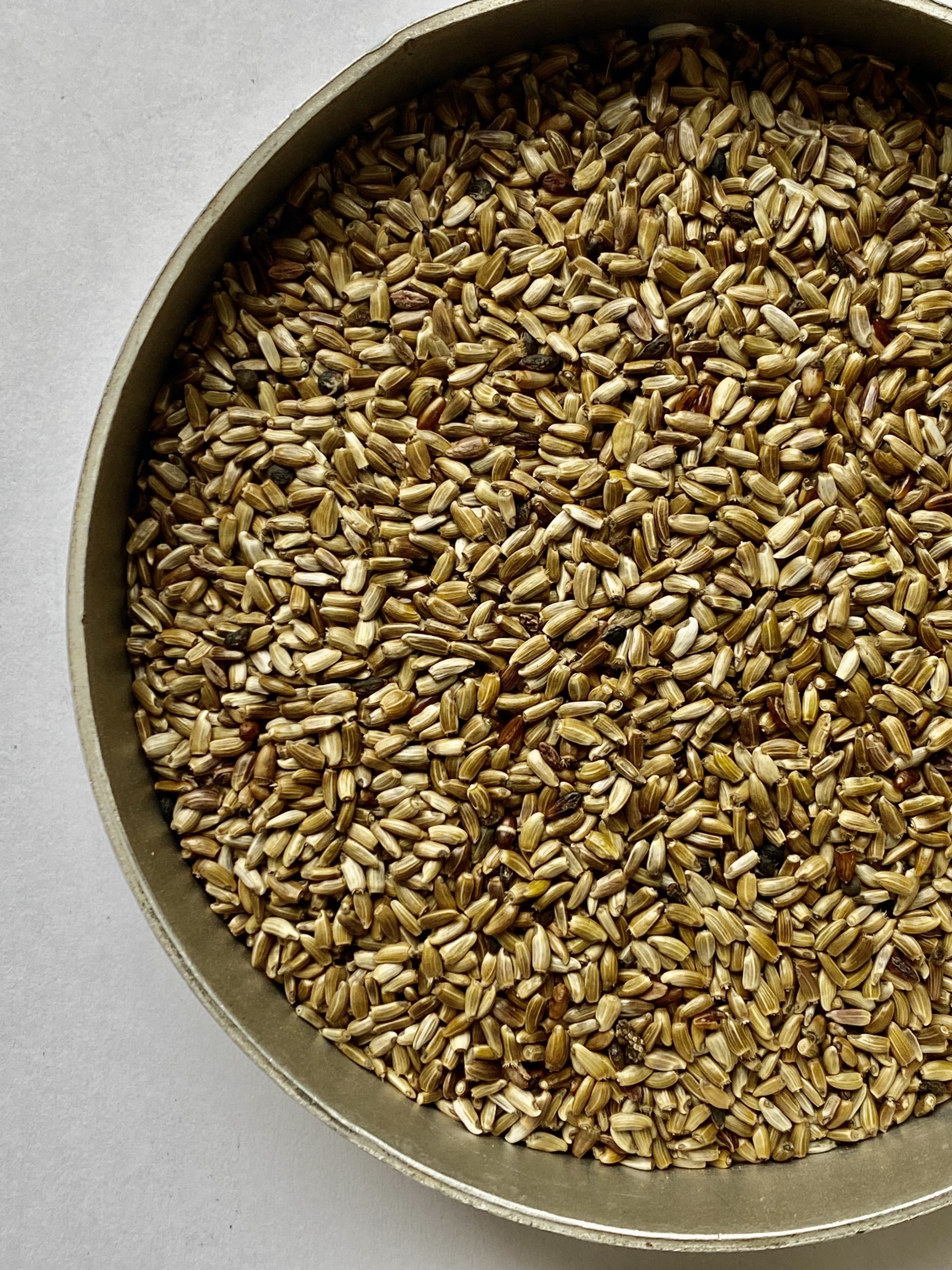
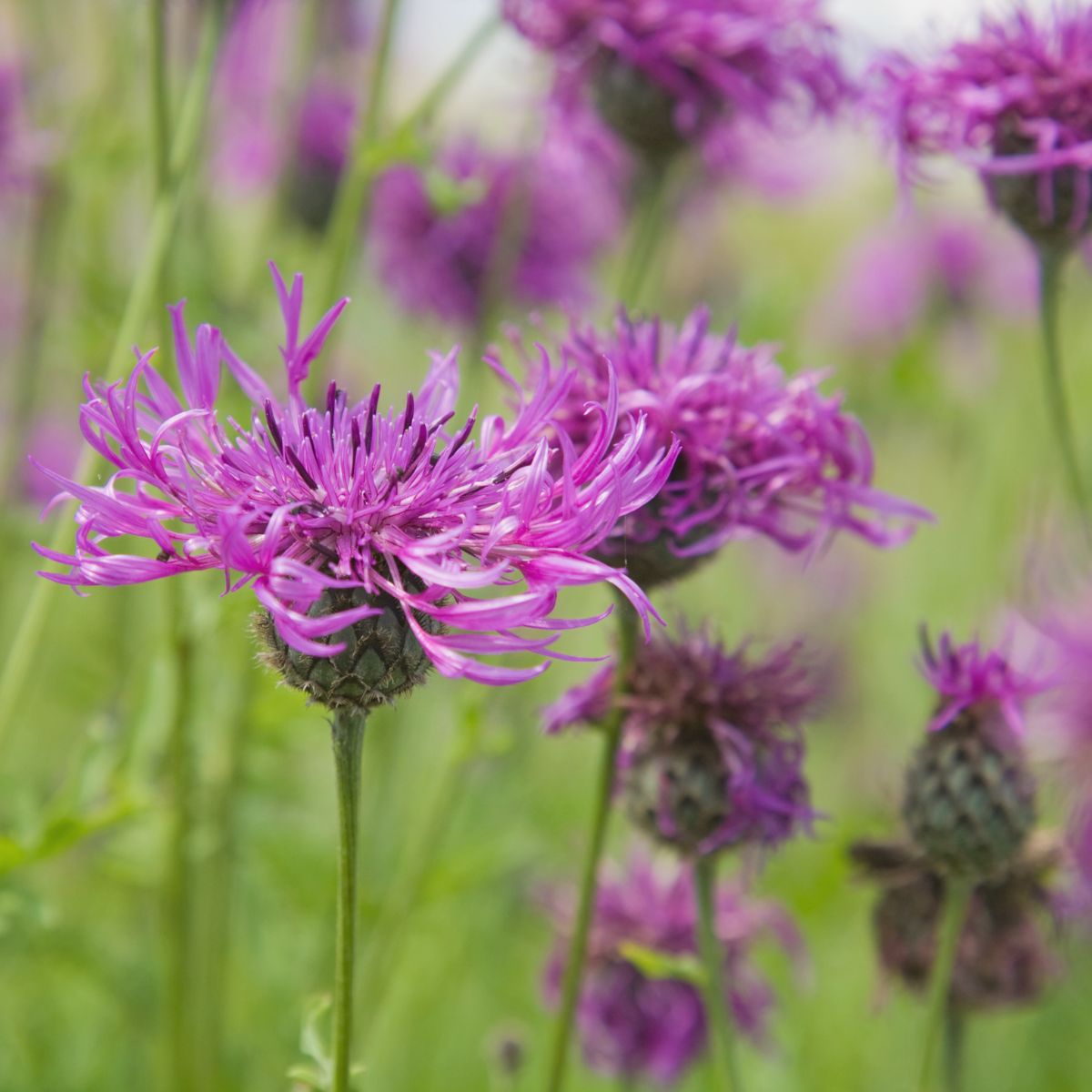
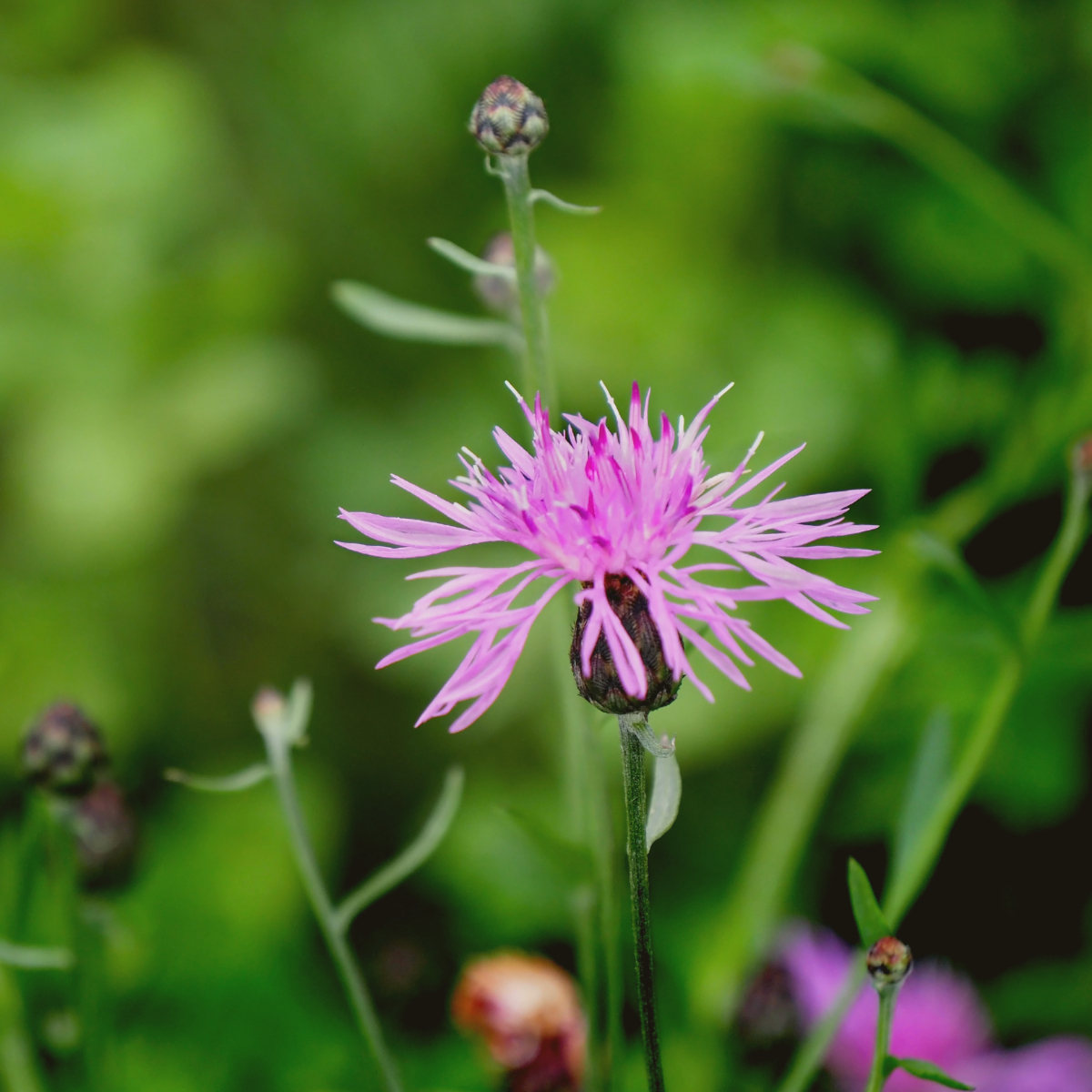
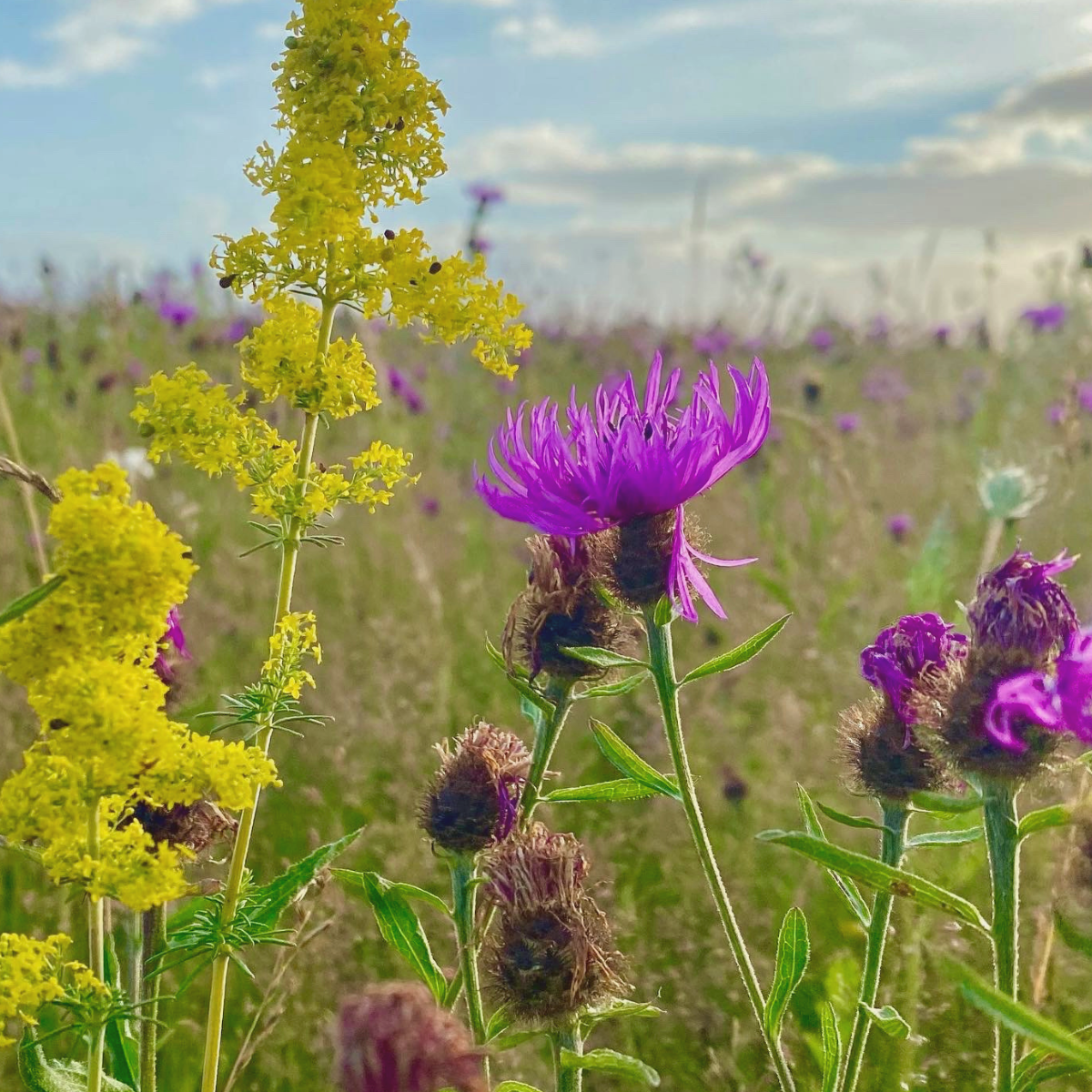
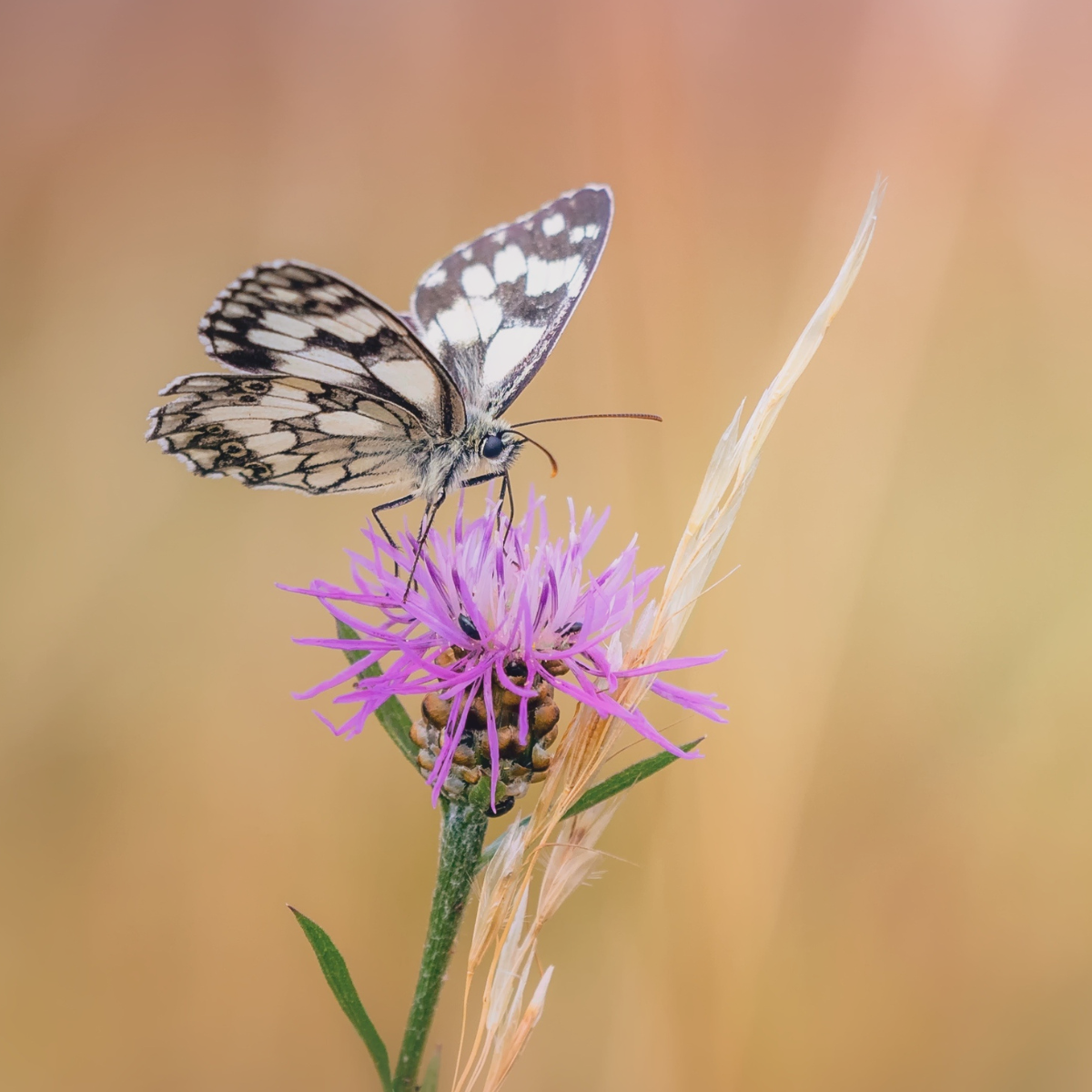


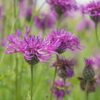
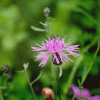
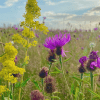
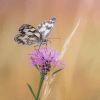
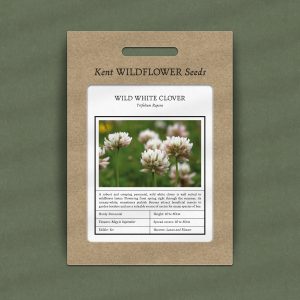

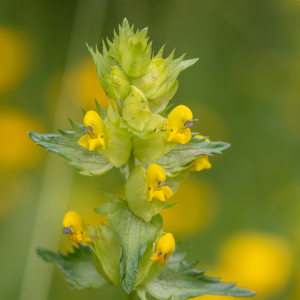

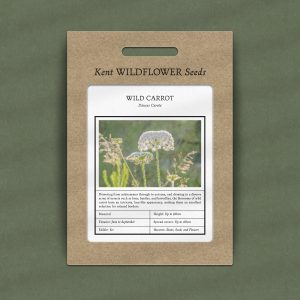
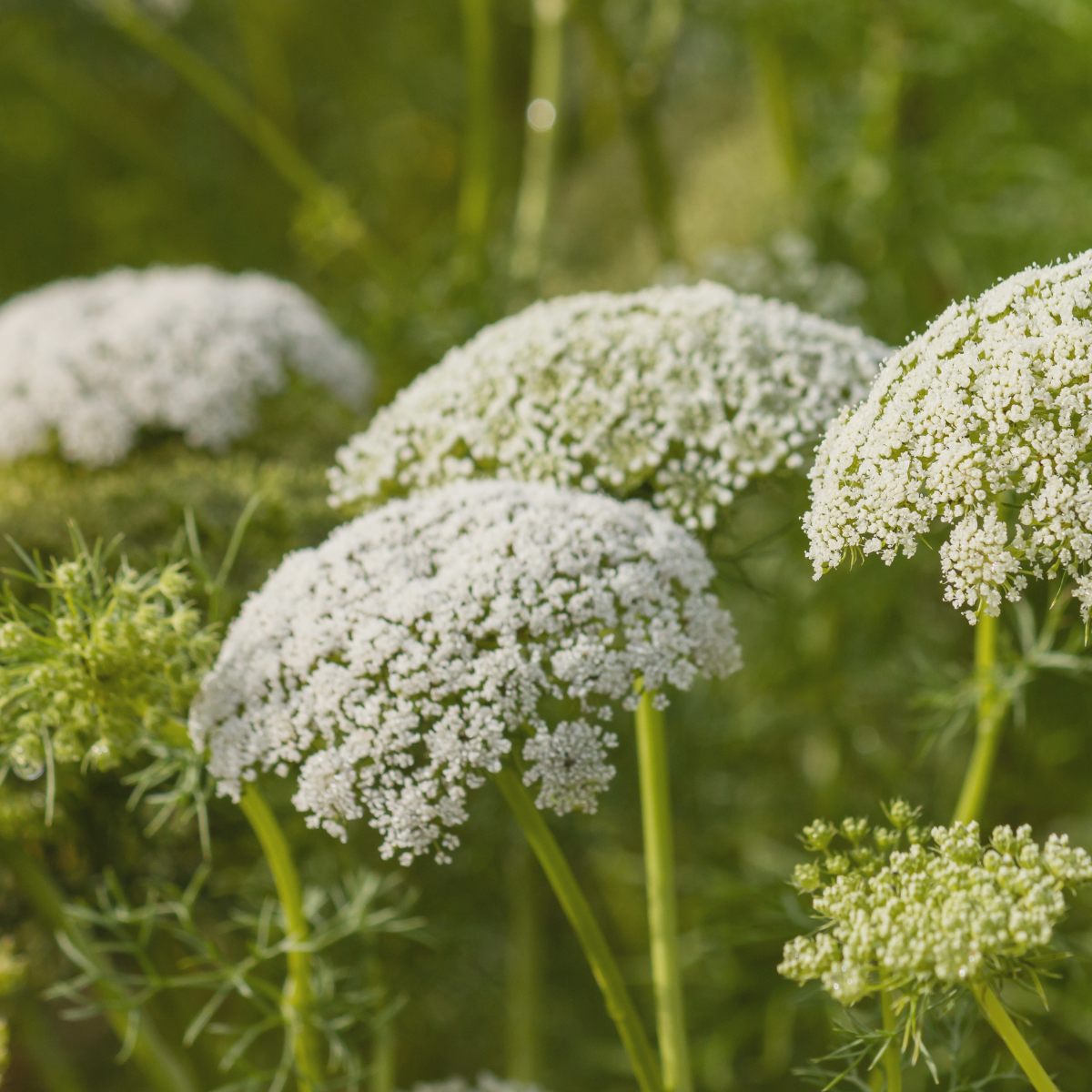
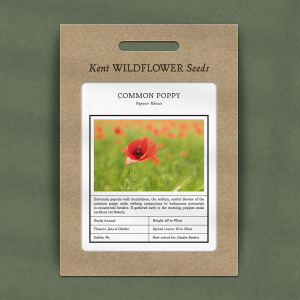
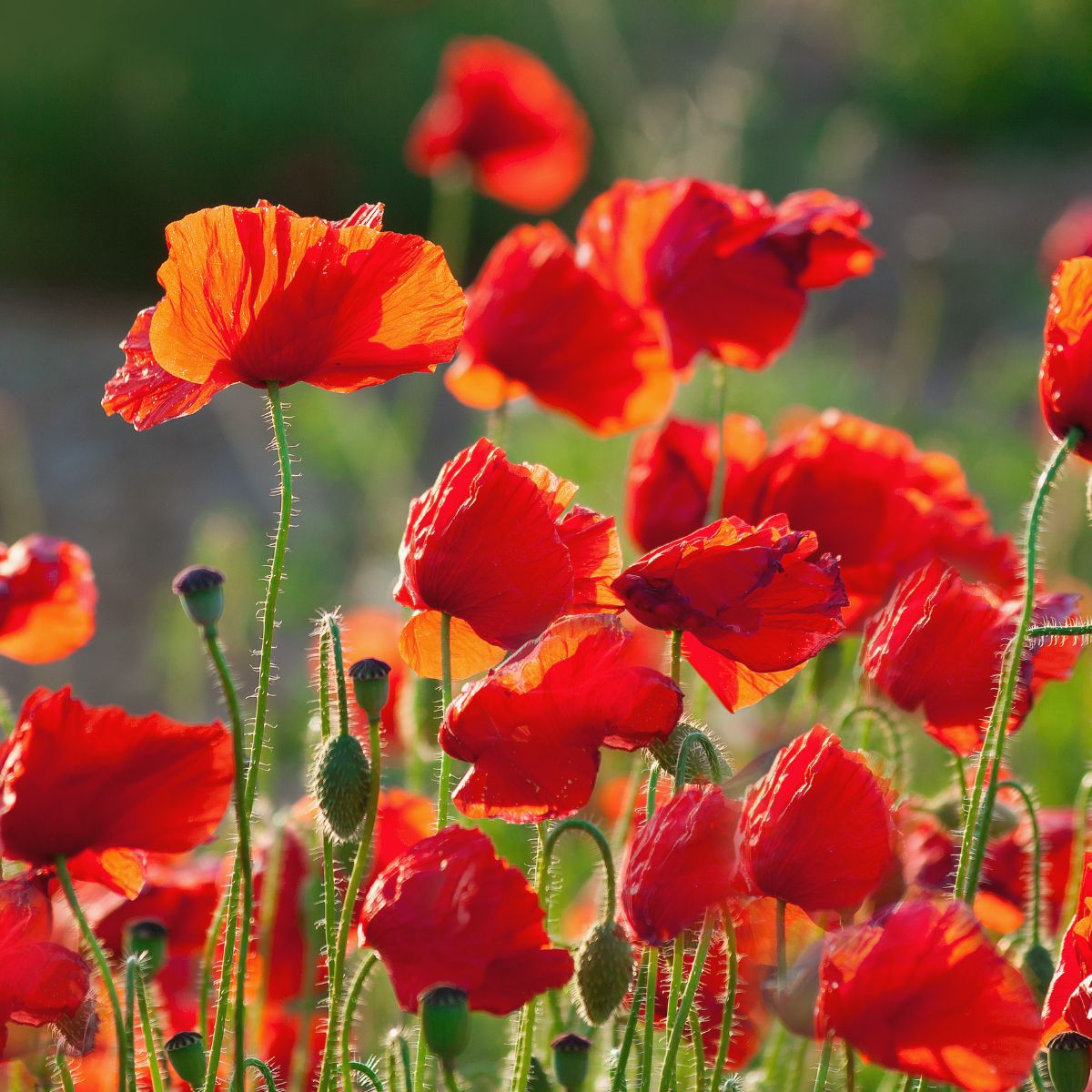
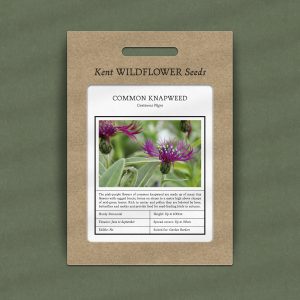
Reviews
There are no reviews yet.